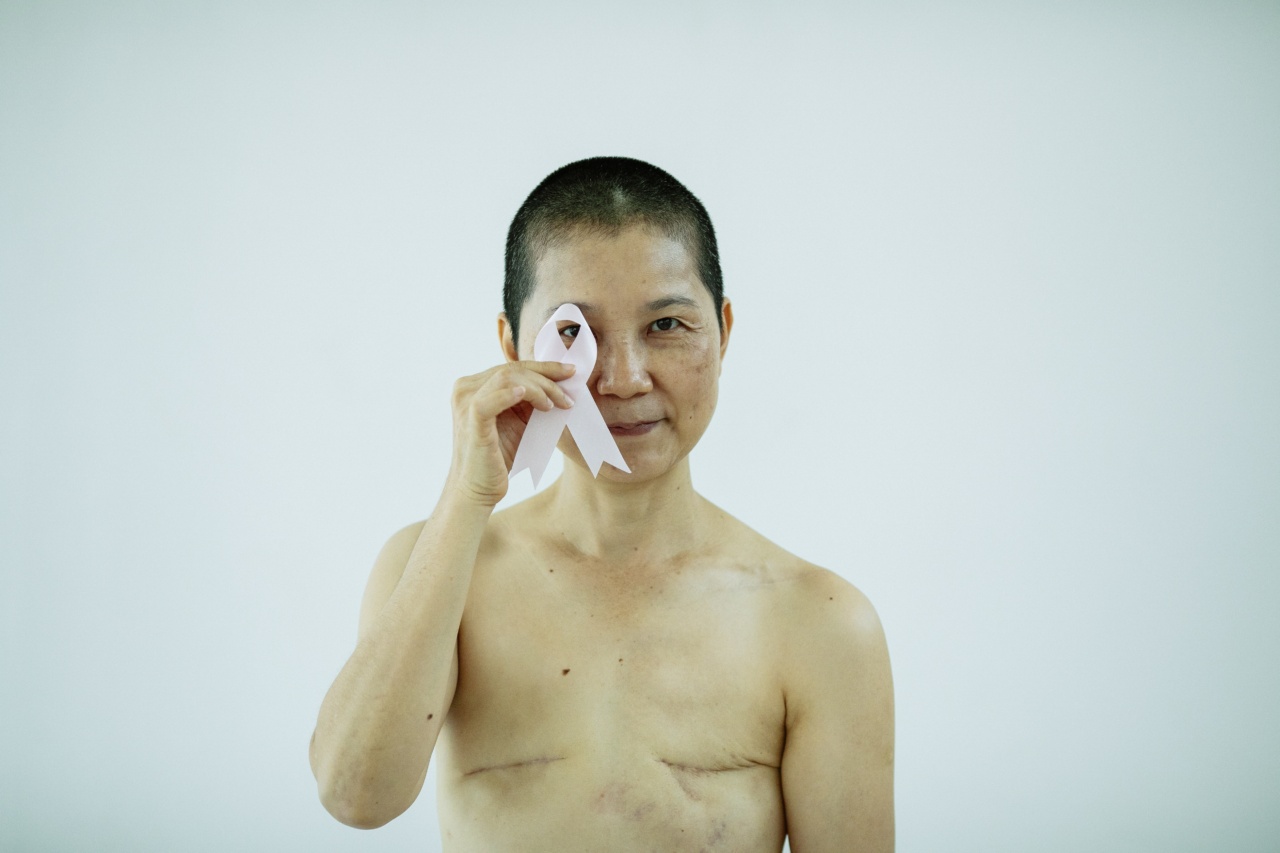Mastectomy, the surgical removal of one or both breasts, is a lifesaving procedure for women at high risk of breast cancer or those who have been diagnosed with the disease. However, the emotional toll of losing breasts can be devastating to many women.
For years, artificial implants have been the only solution to reconstruct breasts post-mastectomy, but developments in science and medicine have resulted in new, innovative ways to regenerate breasts.
What is breast regeneration?
Breast regeneration, also known as breast tissue engineering, is a process in which the breasts are regrown using the patient’s own cells or donor tissue.
Stem cells extracted from the patient’s body or alternative sources are seeded onto a scaffold or matrix that mimics the natural structure of the breast tissue. The cells are then grown in specialized labs until they form into breast tissue that can be used to replace what was lost in the mastectomy.
How does breast regeneration work?
Breast regeneration relies on stem cells, which are special cells that have the potential to turn into different types of cells in the body. Stem cells can be harvested from different parts of the body, including bone marrow, fat, and blood.
Newer methods involve obtaining stem cells from the patient’s breast tissue or umbilical cord blood. Scientists believe that these cells can be turned into healthy breast tissue outside of the body.
Once the stem cells are harvested, they are seeded onto a scaffold. The scaffold can be made from a variety of materials, including biological or synthetic products.
The scaffold provides a structure that supports the growth and development of the stem cells, which ultimately leads to the formation of new breast tissue.
What are the benefits of breast regeneration?
Breast regeneration has several benefits over traditional breast reconstruction methods that use implants.
Firstly, the regenerated breasts are made using the patient’s own cells, which means that there is no risk of rejection or other complications. Because the breast tissue is grown from the patient’s own cells, the regenerated breasts are much more natural-looking and feeling than implants.
Secondly, unlike implant-based reconstruction that requires multiple procedures, breast regeneration can be done in a single surgery. This means less downtime and quicker healing.
Finally, breast regeneration can be used for women who have previously undergone radiation therapy, which can make traditional implants difficult or risky to use.
What are the risks of breast regeneration?
As with any surgical procedure, there are inherent risks associated with breast regeneration. These risks include infection, bleeding, scarring, and potential complications from anesthesia.
In addition, breast regeneration is a complex and relatively new technology, so long-term data on the safety and efficacy of the procedure is still limited.
Who is a good candidate for breast regeneration?
Not every woman is a candidate for breast regeneration. The procedure is typically reserved for women who have undergone a mastectomy to remove one or both breasts due to breast cancer or other medical conditions.
Women who have had radiation therapy may also be good candidates for breast regeneration. In addition, a woman’s health status, age, and medical history will be considered before recommending breast regeneration as an option.
What is the cost of breast regeneration?
The cost of breast regeneration can vary depending on the complexity of the procedure, the surgeon’s fees, and the clinic’s charges.
Because breast regeneration is a newer surgical technique, it may not be covered by insurance, and patients should check with their insurance provider to determine coverage options.
What does the future hold for breast regeneration?
Breast regeneration is a promising area of research, and scientists and doctors are continually exploring new ways to regenerate breast tissue.
One of the most exciting developments in the field is the use of 3D printing technology to create breast tissue scaffolds. 3D printing can create highly precise, detailed breast tissue scaffolds that mimic the natural structure of breast tissue. These scaffolds can then be seeded with stem cells to generate new breast tissue.
The future of breast regeneration also involves the use of regenerative medicine, such as growth factors and cytokines, to stimulate the growth and development of breast tissue.
With ongoing research and technological advances, breast regeneration may become the preferred method of breast reconstruction post-mastectomy.
Conclusion
Breast regeneration offers a promising alternative to traditional implant-based breast reconstruction.
While the procedure is still relatively new and research is ongoing, it has the potential to revolutionize the way we approach breast cancer treatment and recovery. With the advances in stem cell research, tissue engineering, and 3D printing, the future of breast regeneration looks bright.































